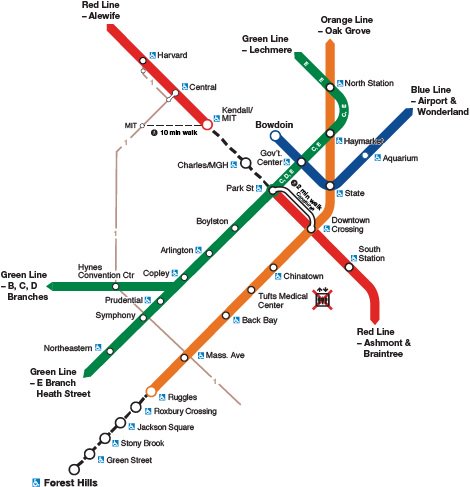millerm277
Active Member
- Joined
- Jun 25, 2013
- Messages
- 520
- Reaction score
- 607
It looks like Transit Signal Priority is getting rolled out in much more significant fashion:
"The MBTA, which has had success in speeding up travel by coordinating eight traffic lights at six intersections in Boston, Brookline, and Cambridge, is preparing to expand the test to 89 traffic lights in the same three communities.
The system uses software that allows a bus or Green Line train to notify a traffic light when the vehicle is approaching an intersection. The traffic light responds based on the conditions, and can extend the length of a green light, shorten the length of a red light, or take no action at all."
And they mention plans for expanding it further in 2019.
https://commonwealthmagazine.org/transportation/t-notes-green-line-ext-clears-pricing-hurdle/
"The MBTA, which has had success in speeding up travel by coordinating eight traffic lights at six intersections in Boston, Brookline, and Cambridge, is preparing to expand the test to 89 traffic lights in the same three communities.
The system uses software that allows a bus or Green Line train to notify a traffic light when the vehicle is approaching an intersection. The traffic light responds based on the conditions, and can extend the length of a green light, shorten the length of a red light, or take no action at all."
And they mention plans for expanding it further in 2019.
https://commonwealthmagazine.org/transportation/t-notes-green-line-ext-clears-pricing-hurdle/

